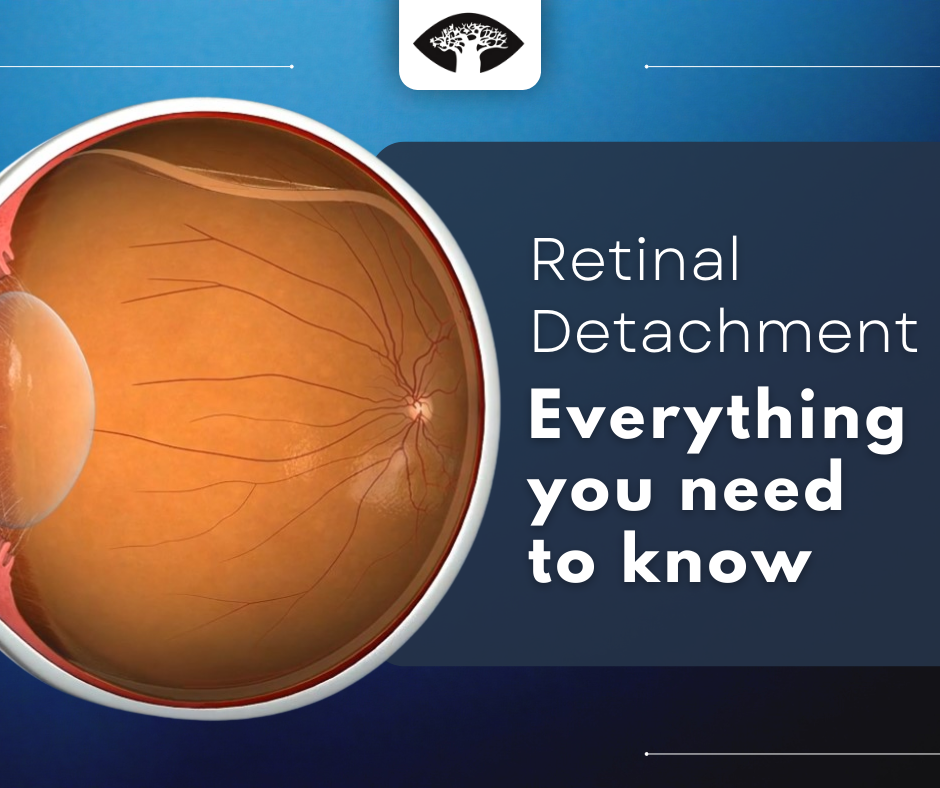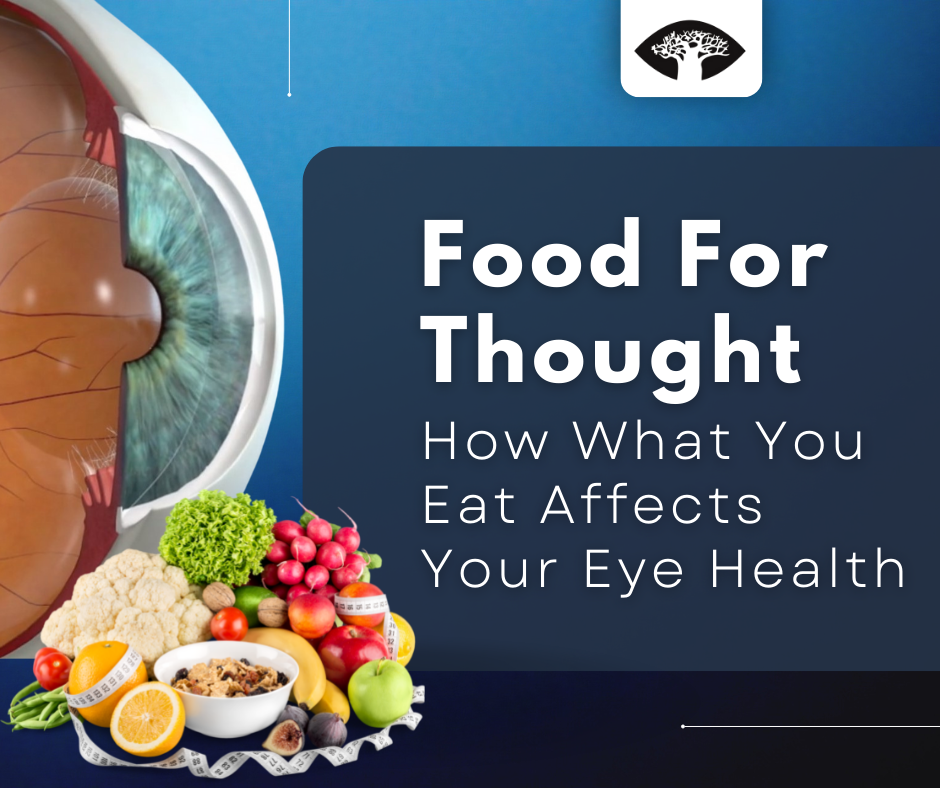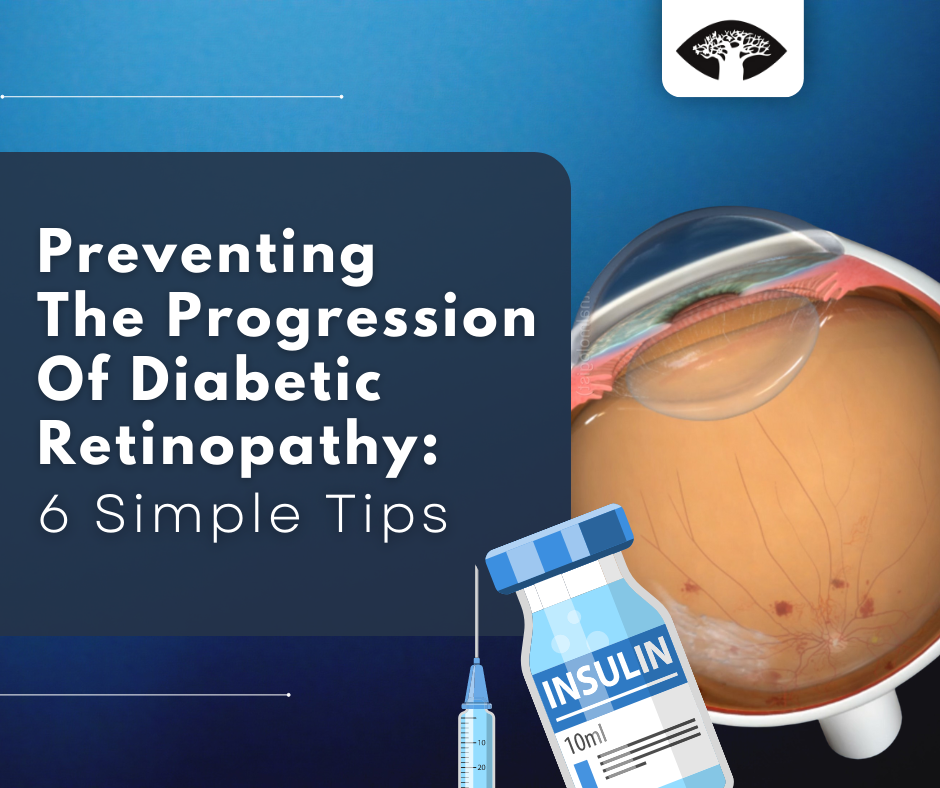Everything You Need To Know About Retinal Detachment

What you need to know Retinal detachment is a medical emergency because if left untreated, it can lead to permanent vision loss. When the retina detaches from the back of the eye, it is no longer able to receive oxygen and nutrients from the blood vessels that surround it. Without these vital nutrients, the retina […]
Food For Thought: How What You Eat Affects Your Eye Health

Your Diet And Eye Health Your diet has a big impact on your eye health. The foods you eat can affect your vision in both the short and long term. A diet that is high in fat and sugar can lead to problems such as obesity and diabetes, which can in turn lead to serious […]
6 Tips To Prevent The Progression Of Diabetic Retinopathy

If you have diabetes, you know that it is important to keep your blood sugar levels under control to prevent complications. But did you know that you also need to take care of your eyes? Diabetic retinopathy is a leading cause of blindness in adults, and it can occur even if your blood sugar is […]

